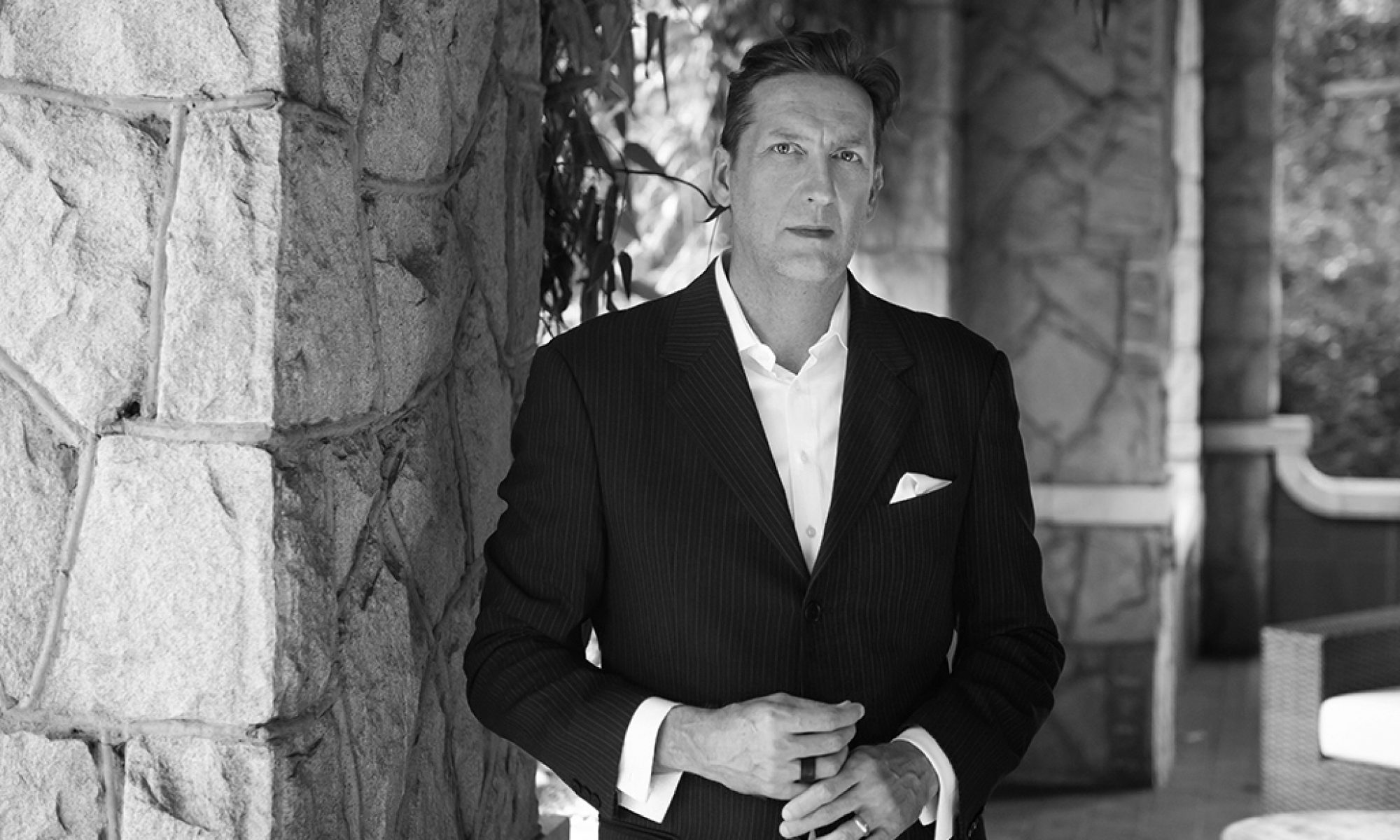In the capital of capitalism, where capitalism is doing its greatest damage. You don’t have to be an American apostate to think this, just look around you.
Hunter-gatherers persisted in their way of life for thousands of years, slave cultures for almost as long and feudal societies for many centuries. In contrast, capitalism transforms everything it touches.
It’s not just brands that are constantly changing. Companies and industries are created and destroyed in an incessant stream of innovation, while human relationships are dissolved and reinvented in novel forms.
Capitalism has been described as a process of creative destruction, and no-one can deny that it has been prodigiously productive. Practically anyone who is alive in Britain today has a higher real income than they would have had if capitalism had never existed.
That’s from an article on Marx from the BBC, and that point would indeed be difficult to argue with. But of course, it’s not the end of the story – only an enticement to get you to embrace the system further, until the system begins to destroy everything that brought it about. Including democracy – it will have to kill that. In a capitalism vs. democracy cage match, doesn’t capitalism, to even be defined as true capitalism, doesn’t it have to win? What does this mean?


